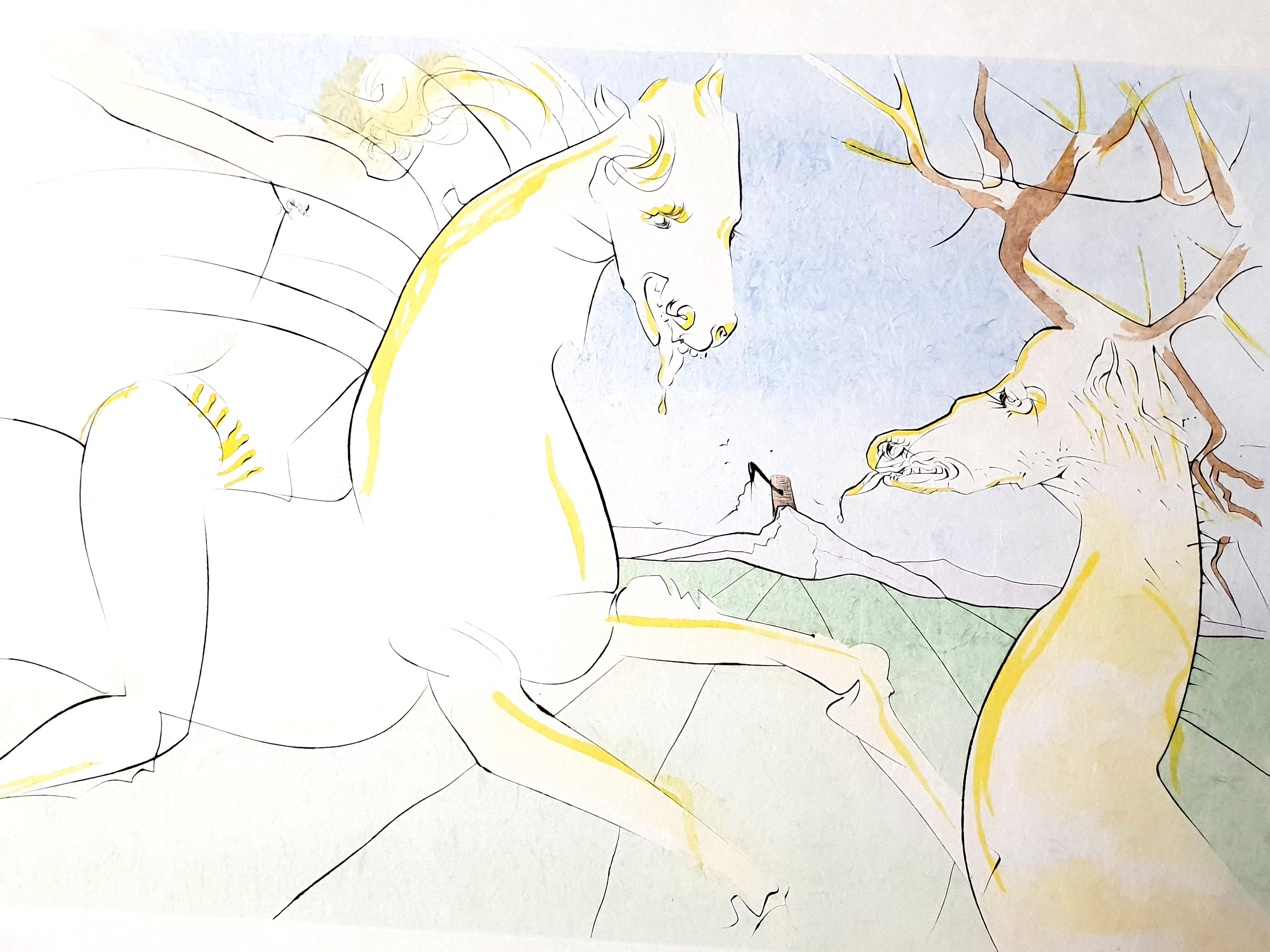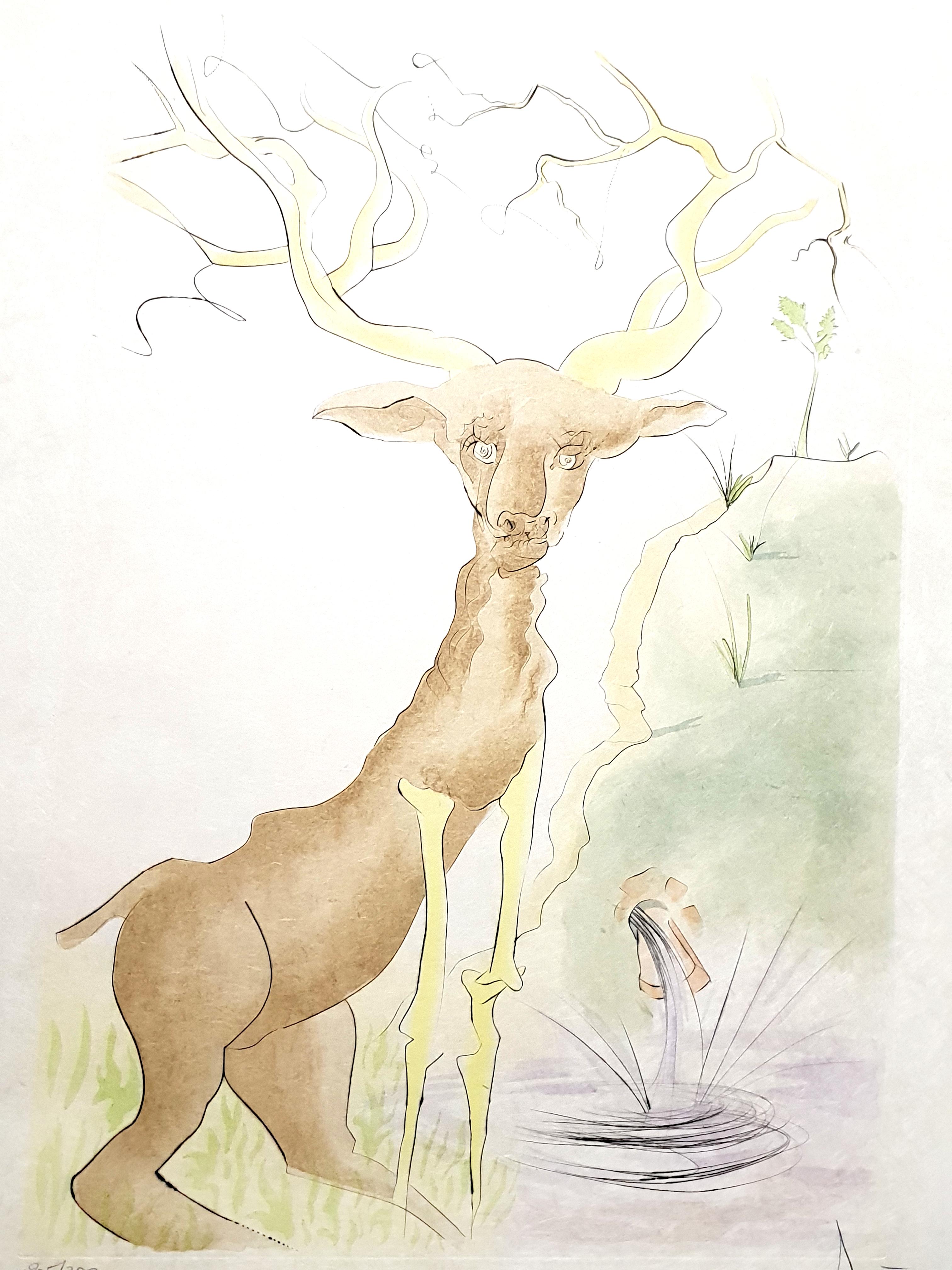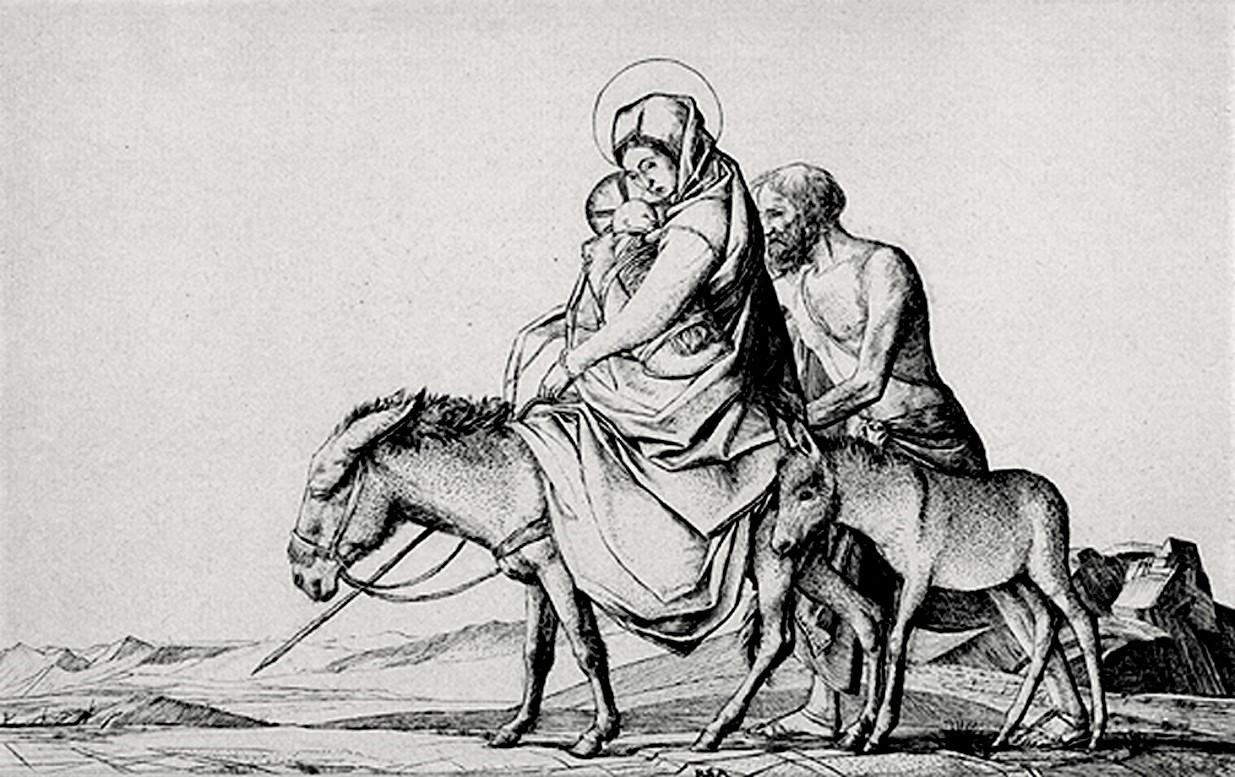Items Similar to Man Ploughing by Paulémile Pissarro - Wood Engraving Print
Want more images or videos?
Request additional images or videos from the seller
1 of 5
Paulémile PissarroMan Ploughing by Paulémile Pissarro - Wood Engraving Print
About the Item
*UK BUYERS WILL PAY AN ADDITIONAL 20% VAT ON TOP OF THE ABOVE PRICE
Man Ploughing by Paulémile Pissarro (1884 - 1972)
Wood engraving
7 x 13 cm (2 ³/₄ x 5 ¹/₈ inches)
Signed lower right, Paulémile Pissarro and numbered lower left, 4/5
Artist's Biography
Paulémile Pissarro, Camille Pissarro’s youngest son, was born in Éragny in 1884 where he was brought up within the creatively fertile environment of his family home and, encouraged by his father, began drawing at an early age. Paulémile’s godfather was Claude Monet, who became his teacher and legal guardian after Camille’s death in 1903.
In 1905 Paulémile exhibited at the Salon des Indépendants for the first time. Although his father had supported Paulémile’s desire to be an artist, his mother was eager for him to learn a more practical trade. Therefore in 1908 he put aside his artistic pursuits to work as an automobile mechanic and test-driver, then later as a lace and textile designer, allowing him only a limited time to paint. Paulémile only fully dedicated himself to painting following a letter from his brother Lucien in London, who wrote to invite him to take part in an exhibition held in London. Subsequent to the successful sale of a number of watercolours he had sent over, the young artist became inspired to leave the textile factory and pursue a career in art.
By the 1920s Paulémile had become an established Post-Impressionist artist in his own right, spending the summer months escaping from Paris on painting trips with fellow artists Kees Van Dongen, Raoul Dufy, Maurice de Vlaminck and André Dunoyer de Segonzac. In 1922 Paulémile purchased a house in Lyons-la-Forêt, a small village within the region of his hometown of Éragny and Giverny, where he moved in with his first wife Berthe Bennaiche. During this time, he developed a form of Cubism inspired by Paul Cézanne whom he dearly admired, creating some wonderful paintings of the river Eure and its surrounding villages. There he formed a close friendship with his neighbour, the famous Art Deco designer Émile-Jacques Ruhlmann, who designed a stunning Art Deco studio for Paulémile adjacent to his house.
In 1930 he visited and fell in love with the Swiss Normandy area in the Calvados region, in particular the River Orne which runs through the valley adjacent to the villages of Clécy and St. Remy. The combination of rolling hills, bold meadows and the calm river weaving its way through the landscape offered Paulémile a new burst of inspiration. With his second wife Yvonne Beaupel, Paulémile eventually moved to Clécy in 1935, where he would remain for the rest of his life. Of their three children, both H. Claude and Yvon also became artists.
With his house backing on to the river Orne, Paulémile developed a new way of working using a boat as a floating studio, where he spent countless days painting the calm waters from between the riverbanks. Here the influence of his godfather Claude Monet became apparent, particularly in Paulémile’s depiction of water, which was revolutionised by the Impressionist icon. He also applied Monet’s lessons in horticulture to the creation of an abundant garden, offering him many more motifs for his new paintings. Alongside these river landscapes, he also painted the neighbouring hay fields, various snow scenes, some interiors and still lives. The most ambitious work in his oeuvre was a fresco painted on all four walls of his own dining room, depicting the adjacent river in which he includes family members, neighbours and friends.
In 1967 Paulémile had his first one-man show in the United States at Wally Findlay Galleries in New York. This led to widespread recognition and a degree of professional success that few Pissarro artists knew during their lifetime. Since his death in 1972, Paulémile remains one of the best known of Camille’s sons.
- Creator:Paulémile Pissarro (1884 - 1972, French)
- Dimensions:Height: 2.76 in (7 cm)Width: 5.12 in (13 cm)
- Medium:
- Period:
- Condition:
- Gallery Location:London, GB
- Reference Number:1stDibs: LU261212622862
About the Seller
5.0
Recognized Seller
These prestigious sellers are industry leaders and represent the highest echelon for item quality and design.
Platinum Seller
These expertly vetted sellers are 1stDibs' most experienced sellers and are rated highest by our customers.
Established in 1964
1stDibs seller since 2015
95 sales on 1stDibs
Typical response time: 4 hours
Associations
Society Of London Art Dealers
- ShippingRetrieving quote...Ships From: London, United Kingdom
- Return PolicyA return for this item may be initiated within 7 days of delivery.
More From This SellerView All
- Pig Sticking by Orovida Pissarro, 1931 - Etching PrintBy Orovida PissarroLocated in London, GBSOLD UNFRAMED Pig Sticking by Orovida Pissarro (1893 - 1968) Etching 17.3 x 27.4 cm (6 ¾ x 10 ¾ inches) Signed and dated lower right Orovida 1931 Numbered lower left 26/50 and titl...Category
1930s Figurative Prints
MaterialsEtching
- Fear Ridden by Orovida Pissarro, 1926 - Etching PrintBy Orovida PissarroLocated in London, GB*UK BUYERS WILL PAY AN ADDITIONAL 20% VAT ON TOP OF THE ABOVE PRICE Fear Ridden by Orovida Pissarro (1893 - 1968) Etching 12.8 x 17.5 cm (5 x 6 ⅞ inches) Signed and dated lower righ...Category
1920s Figurative Prints
MaterialsEtching
- Man & Beast by Orovida Pissarro - EtchingBy Orovida PissarroLocated in London, GB*UK BUYERS WILL PAY AN ADDITIONAL 20% VAT ON TOP OF THE ABOVE PRICE Man & Beast by Orovida Pissarro (1893-1968) Etching 27 x 22 cm (10 ⁵/₈ x 8 ⁵/₈ inches) Signed and dated lower right, orovida 1924 Inscribed lower left, Final state no 12/40 and titled lower centre Artist biography: Orovida Camille Pissarro, Lucien and Esther Pissarro’s only child, was the first woman in the Pissarro family as well as the first of her generation to become an artist. Born in Epping, England in 1893, she lived and worked predominantly in London where she became a prominent member of several British arts clubs and societies. She first learned to paint in the Impressionist style of her father, but after a brief period of formal study with Walter Sickert in 1913 she renounced formal art schooling. Throughout her career, Orovida always remained outside of any mainstream British art movements. Much to Lucien's disappointment she soon turned away from naturalistic painting and developed her own unusual style combining elements of Japanese, Chinese, Persian and Indian art. Her rejection of Impressionism, which for the Pissarro family had become a way of life, together with the simultaneous decision to drop her famous last name and simply use Orovida as a ‘nom de peintre’, reflected a deep desire for independence and distance from the weight of the family legacy. Orovida's most distinctive and notable works were produced from the period of 1919 to 1939 using her own homemade egg tempera applied in thin, delicate washes to silk, linen or paper and sometimes embellished with brocade borders. These elegant and richly decorative works generally depict Eastern, Asian and African subjects, such as Mongolian horse...Category
1920s Post-Impressionist Animal Prints
MaterialsEtching
- Mare and Foal by Orovida Pissarro - Etching PrintBy Orovida PissarroLocated in London, GBSOLD UNFRAMED Mare and Foal by Orovida Pissarro (1893 - 1968) Etching 15.6 x 20.7 cm (6 ¹/₈ x 8 ¹/₈ inches) Artist's Biography Orovida Camille Pissarro, Lucien and Esther Pissarr...Category
20th Century Figurative Prints
MaterialsEtching
- The Hunting Prince by Orovida Pissarro - EtchingBy Orovida PissarroLocated in London, GBThe Hunting Prince by Orovida Pissarro (1893 - 1968) Etching 15 x 20 cm (5 ⅞ x 7 ⅞ inches) Signed and dated lower right Orovida 1926 Inscribed lower left Trial proof no.14 and titled lower middle Provenance: Private collection, Europe Artist biography: Orovida Camille Pissarro, Lucien and Esther Pissarro’s only child, was the first woman in the Pissarro family as well as the first of her generation to become an artist. Born in Epping, England in 1893, she lived and worked predominantly in London where she became a prominent member of several British arts clubs and societies. She first learned to paint in the Impressionist style of her father, but after a brief period of formal study with Walter Sickert in 1913 she renounced formal art schooling. Throughout her career, Orovida always remained outside of any mainstream British art movements. Much to Lucien's disappointment she soon turned away from naturalistic painting and developed her own unusual style combining elements of Japanese, Chinese, Persian and Indian art. Her rejection of Impressionism, which for the Pissarro family had become a way of life, together with the simultaneous decision to drop her famous last name and simply use Orovida as a ‘nom de peintre’, reflected a deep desire for independence and distance from the weight of the family legacy. Orovida's most distinctive and notable works were produced from the period of 1919 to 1939 using her own homemade egg tempera applied in thin, delicate washes to silk, linen or paper and sometimes embellished with brocade borders. These elegant and richly decorative works generally depict Eastern, Asian and African subjects...Category
1920s Animal Prints
MaterialsEtching
- Siamese Cats by Orovida Pissarro - Animal etchingBy Orovida PissarroLocated in London, GBSOLD UNFRAMED Siamese Cats by Orovida Pissarro (1893-1968) Etching 10 x 7.5 cm (4 x 3 inches) Artist biography Orovida Camille Pissarro, Lucien and Esther Pissarro’s only child, wa...Category
1940s Animal Prints
MaterialsEtching
You May Also Like
- Royal Sports PIT TICKET - 18thC Entry Ticket to Cock Fight in Georgian EnglandBy William HogarthLocated in Meinisberg, CHAfter William Hogarth (British, 1697–1764) Royal Sports PIT TICKET • Engraving by William Dent (British), active from 1783 to 1793 • Inscribed bottom right: Dent sculp • Plate ca. 7.6 x 9.1cm • Image ca. 6.3 x 7.9 cm • Sheet ca. 23.5 x 15 cm Fantastic imagery full of detail and symbolism – For example discover the cast shadow of the dept collector with his truncheon, looming over the winner, whose fast gained riches are being stolen by a thief as we watch. Worldwide shipping for this object is complimentary - There are no additional charges for handling & delivery. This well know subject was originally created by the famous British artist William Hogarth and then reproduced over time by many contemporary artists as prints of various formats and as paintings. Here we have a rendition engraved by William Dent, who was active from 1783 to 1793 and signed his work in the plate bottom right. I think this impression would date to the late 18th or then to the very early 19th Century. I was told, that these small prints, served as entry tickets to cock fights in Georgian England...Category
Late 18th Century Naturalistic Animal Prints
MaterialsInk, Engraving, Paper
- Horse - Original Drypoint by Helen Norton - 1930By Helen NortonLocated in Roma, ITHorse is an original artwork realized by the American artist Helen Norton in 1930. Original drypoint on paper. Hand-signed and dated in pencil by the artist on the lower right corne...Category
1930s Modern Animal Prints
MaterialsDrypoint
- Paul Jouve - Eagle - Original EngravingBy Paul JouveLocated in Collonge Bellerive, Geneve, CHPaul Jouve - Eagle - Original Engraving Editions Rombaldi, Paris, 1950. Copy on velin creme de Rives Artwork by Paul Jouve. Original copper engraving heightened with pochoir. Paul...Category
1950s Modern Animal Prints
MaterialsEngraving
- Salvador Dali - The Rider and the Deer - Handsigned EngravingBy Salvador DalíLocated in Collonge Bellerive, Geneve, CHSalvador Dali - The Rider and the Deer - Handsigned Engraving 1974 Hand signed by Dali Edition: /250 The dimensions of the image are 22.8 x 15.7 inches on 3...Category
1970s Surrealist Figurative Prints
MaterialsDrypoint, Aquatint
- Salvador Dali - Le Cerf from Le Bestiaire de la Fontaine - Signed EngravingBy Salvador DalíLocated in Collonge Bellerive, Geneve, CHSALVADOR DALI Le Cerf se voyant dans l'eau from Le Bestiaire de la Fontaine 1974 Hand signed by Dali Edition: /250 The dimensions of the image are 22.8 x 15.7 inches on 31 x 23.2 in...Category
1970s Surrealist Figurative Prints
MaterialsDrypoint, Aquatint
- The Flight into EgyptBy Robert Sargent Austin, R.A., P.R.E., P.R.W.S.Located in Storrs, CTc.1925. Line engraving. 6 1/2 x 10 3/8 (sheet 10 1/4 x 17). A rich impression with plate tone printed on cream laid paper. Signed and dated in pencil. Housed in a 16 x 20-inch archi...Category
1920s Modern Figurative Prints
MaterialsEngraving
Recently Viewed
View AllMore Ways To Browse
Loup Noir
Marc Chagall The Circus
Michael Star Dress
Large Turned Live Edge Bowl
International Cuisine
Will Barnet Book
1900s Four Poster Bed
Hockney 1984
Crak Poster
Doris Salcedo
Erte Four Emotions
Currier Print
Picasso Poster 1980
Narrow Book Display
Diamond Emperor Auction
Emile Laboureur
Polo Watches For Men
St Andrews Poster





